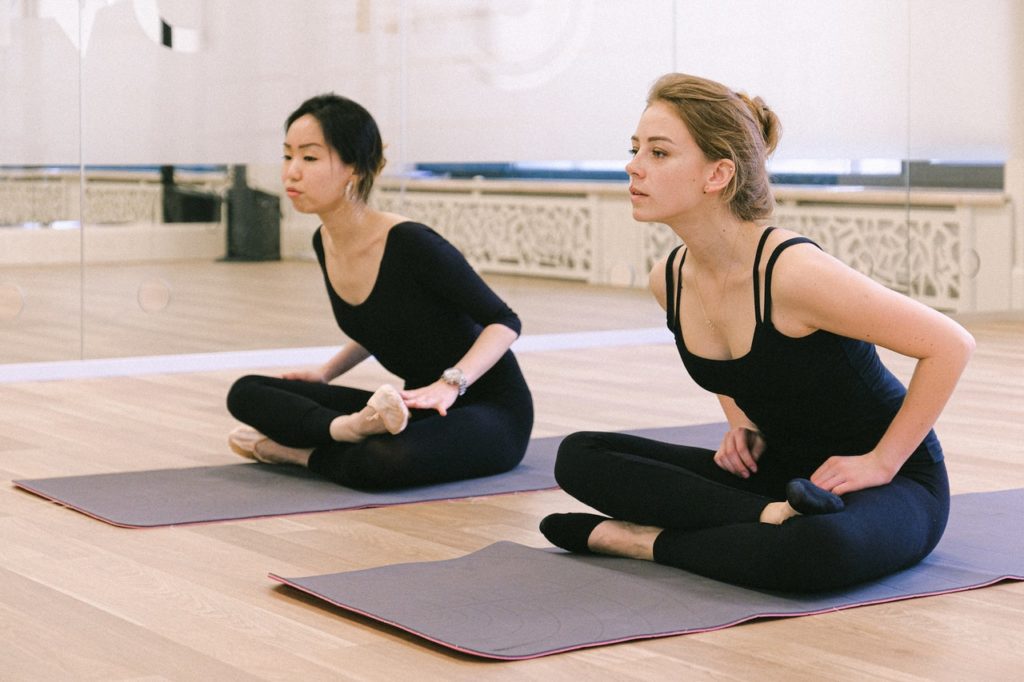Meditation may be rooted in ancient practices, but it remains widely practiced today. It is no wonder that people still swear by it since it offers benefits such as clearing the mind and relieving stress. In such a fast-paced world that makes it so hard to keep up, don’t we all need a good dose of that?
The practice of meditation is healthy for all, but there are many ways to do it. It helps to explore various kinds so that you can find one that works best for you.
There is no singular way to meditate. Do not worry so much about doing it correctly. But if you are experiencing challenges in practicing it on your own, we have put together some tips and techniques that can make your meditation time more fruitful.
Easing into the Meditation Experience
Meditating gives you the chance to slow down. Follow these steps to let yourself get the most out of it.
1. Set the proper mood
Designate a place where you can have peace and quiet and be completely undisturbed. Don’t fuss about getting complete silence. A bit of noise in the background usually will not get in the way. If it helps, choose a room with neutrally painted walls and fewer visual stimuli.
Decide on a certain time of day to do it, too. When you carve out time for it in your schedule, you can prepare for it beforehand and condition yourself to use that stretch of time solely for meditation. Meditation time is beneficial when you need a break in the middle of a stressful day to gather your bearings and ground yourself back in the present.
2. Use tools if you need to
You can meditate by simply sitting down in a quiet space and clearing your mind. For first-timers, though, we understand how this can feel a little awkward or even intimidating. The good news is that there are different tools you can use to assist you as you meditate.
Mala prayer beads are one type you can use. They are usually used for spiritual purposes, but some people use them to help with meditating, regardless of religious affiliation. Mala beads can keep you focused on your meditation and let you keep track of your repetitions as you move from one bead to the next.
Meditation apps also provide instructions for different goals, such as relaxation or getting ready for sleep. Some even have in-app ambient sounds to create a better atmosphere for clearing your mind. Check for community forums in some apps, too, in case you want to ask questions or find suggestions from fellow users of the app.
3. Keep up the habit
The best way to get used to meditating is to keep doing it. When you have decided on a place and time to start meditating, try to stick to that throughout the week to condition yourself and get used to it.
Feel free to try different kinds of meditation if others you have tried don’t quite suit you. As you get used to it, try to meditate for a longer period to maximize the relaxation you can get from it.
Two Techniques to Try
Are you having trouble finding the right practice? Here are some that you can try:
4-7-8 Breathing Exercise

Mindful breathing can help you relax. The 4-7-8 technique is a good place to start as it has clear instructions: breathe in through the nose for four seconds, then hold your breath for seven seconds before finally exhaling through the mouth for eight seconds.
This simple pattern helps manage anxiety and gives you a better night’s sleep. If you are trying it for the first time, remember to sit or lie down and only do it four times in a row to avoid getting lightheaded.
Body Scan
Instead of focusing on your breathing, scanning your body lets you pay attention to your body and notice areas where there is tension. This practice brings your mind to check on any discomfort your body is feeling, then release it by tensing and relaxing muscles or doing mental visualizations.
What to Do When You Get Distracted
Distractions are easily the biggest hindrance to a good meditation experience. When you find your mind wandering to different topics in the middle of meditating, however, don’t beat yourself up for it. This is normal!
Don’t jerk your mind into refocusing. Ease yourself into meditating by noticing what you were thinking about and then guiding it back to your practice. As with building the habit of meditation, take it step by step and give yourself time to get comfortable.



